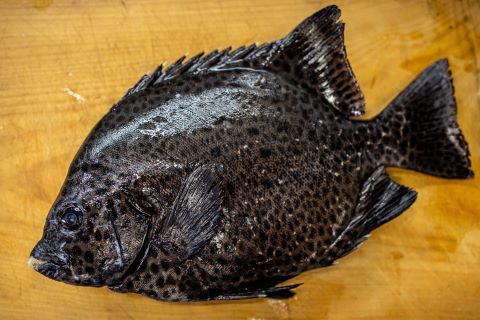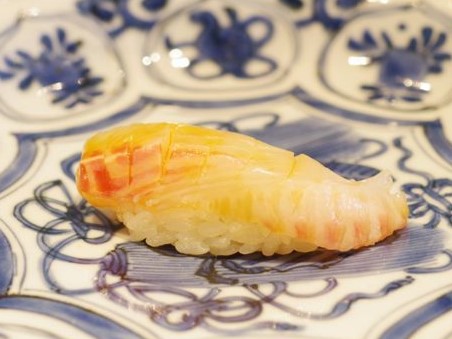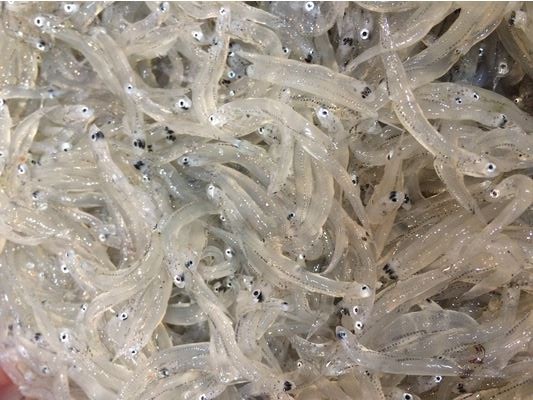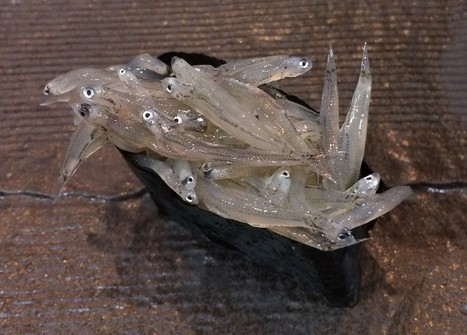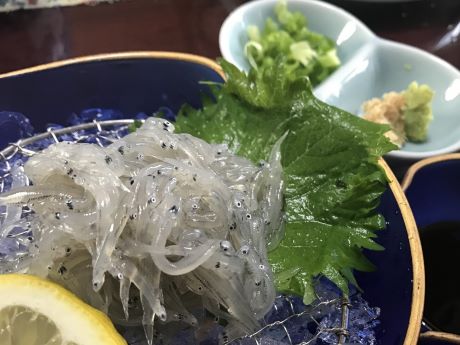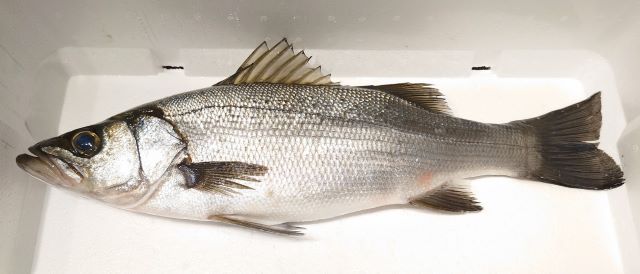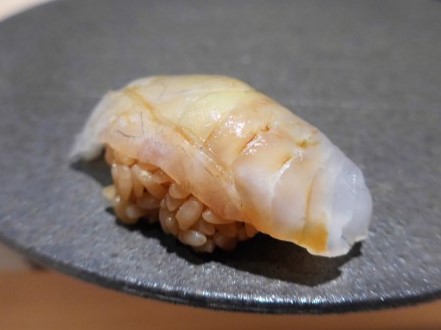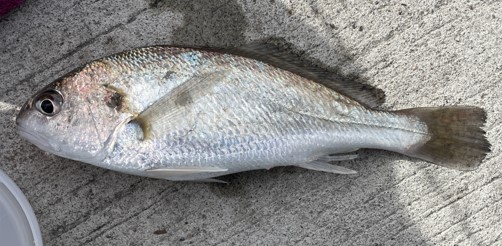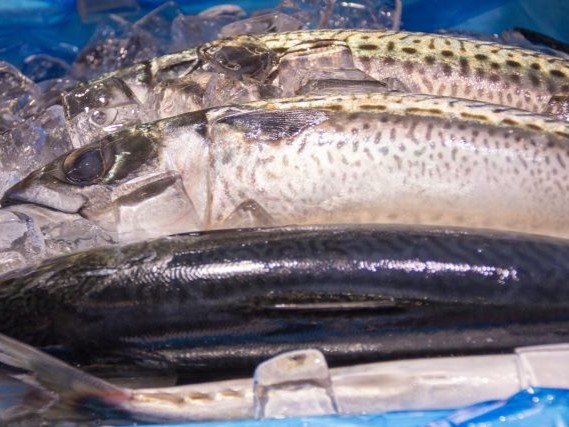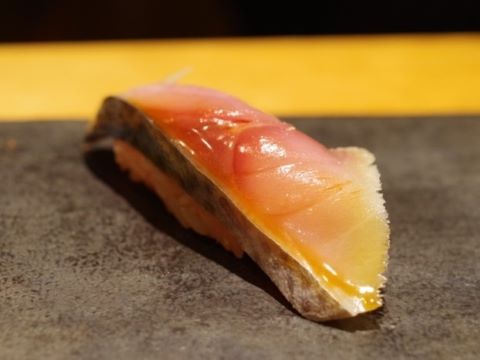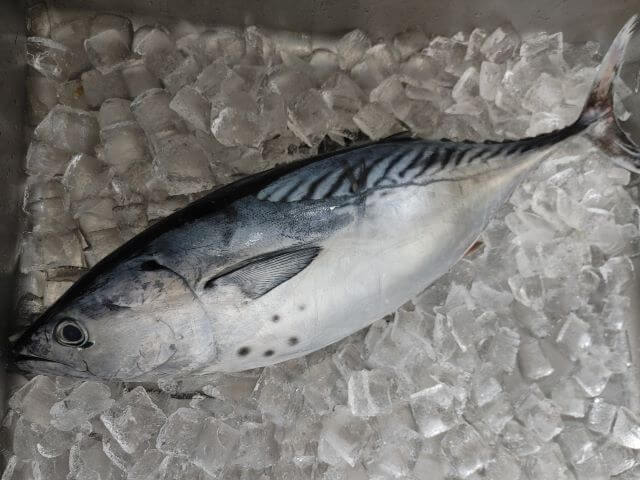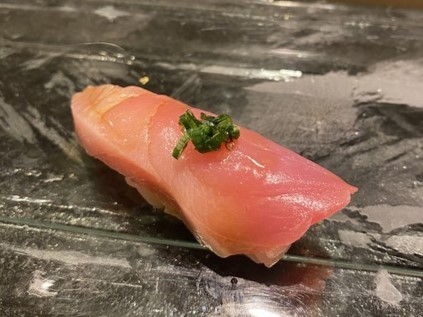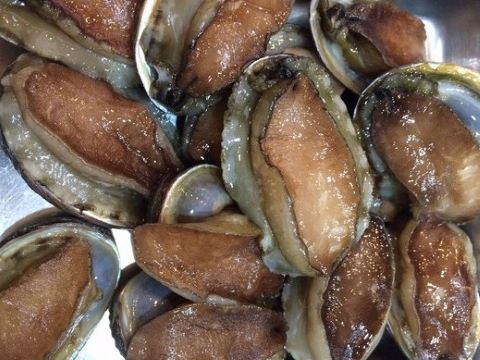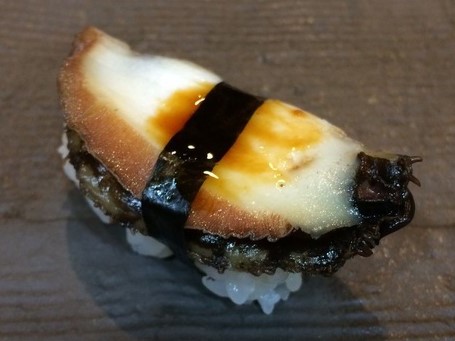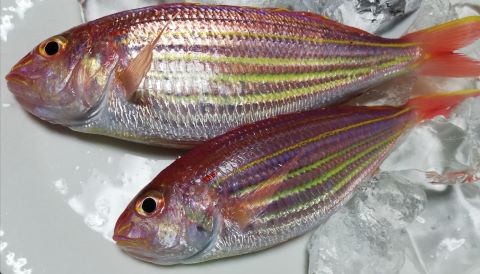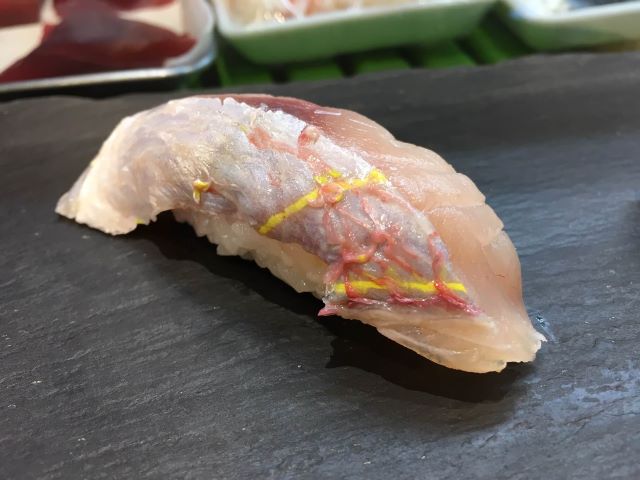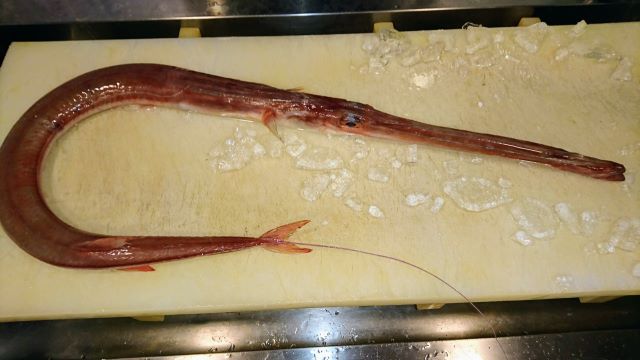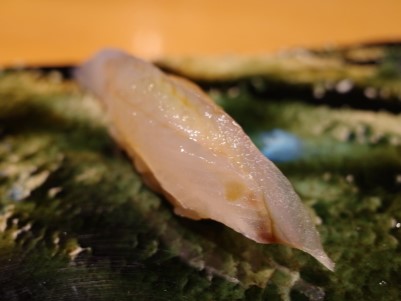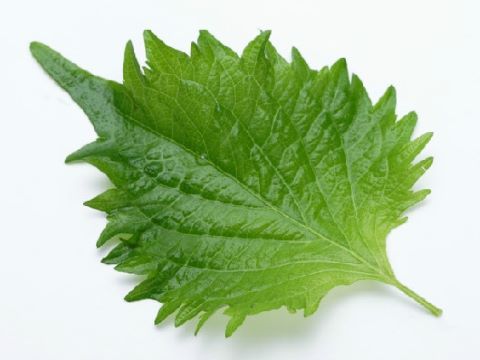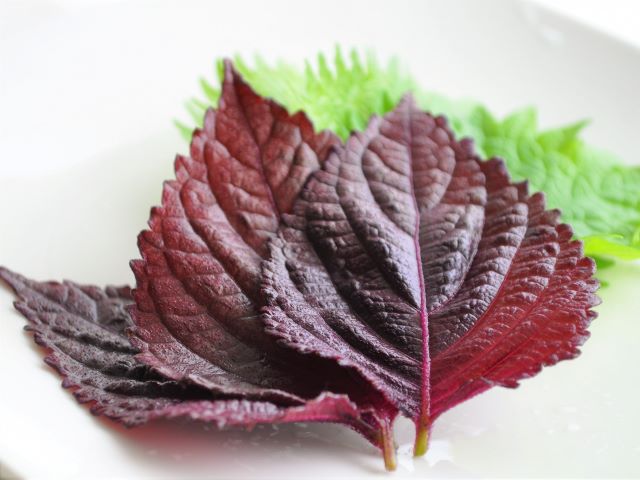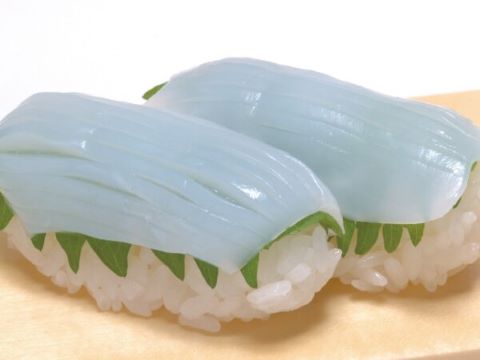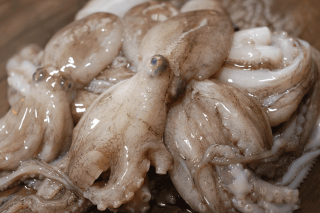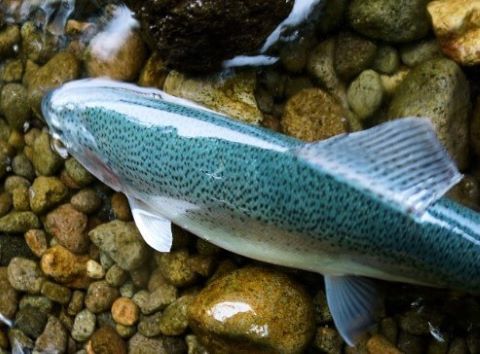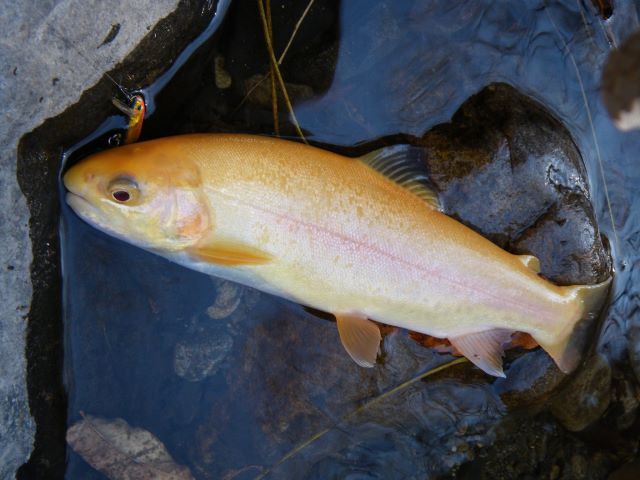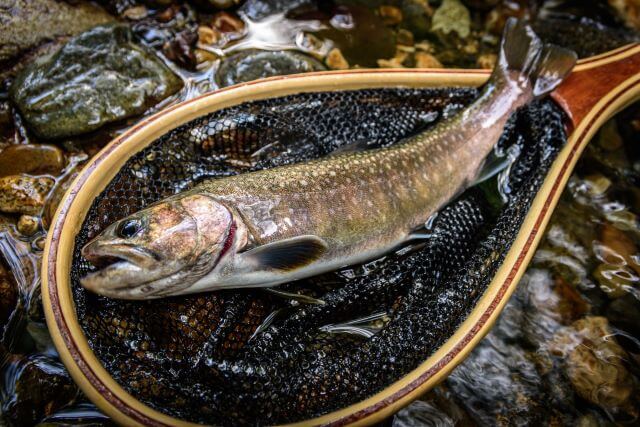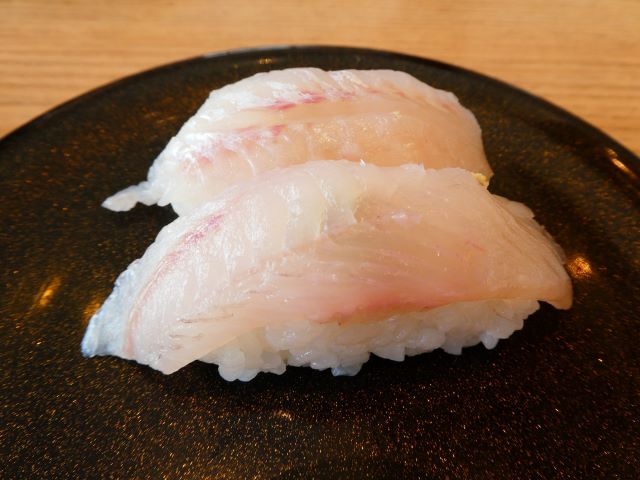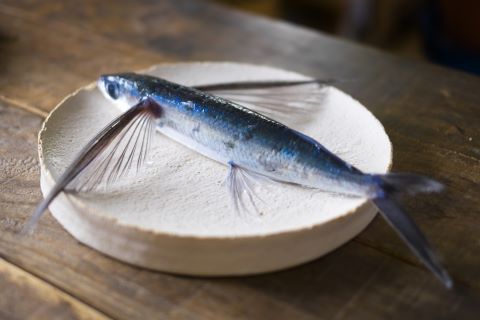
What is Flying fish (Tobiuo)?
Flying fish (Tobiuo) is distributed in warm seas south of central Honshu and around Taiwan, living in the surface layer from the coast to offshore. Its body length is about 30 cm. Its body is long and slender, and its pectoral fins are large and wing-like, used for flying above the sea surface.
It migrates northward from southern Japan in the spring with rising water temperatures and southward in the autumn with falling water temperatures. Flying fish usually migrate near the surface of the ocean in schools, reaching speeds of 35 km/h on the surface and 55 km/h in the air, depending on the species and size of the flying fish. They also glide like gliders at a height of 4 to 5 meters and a distance of 100 to 500 meters in a single flight.
The name Tobiuo (Flying fish) is used as a generic name for the Exocoetidae, but the Narrowtongue flyingfish, which is typical of the waters around Japan, is distinguished by the name Hon-tobi. It is 30 to 35 cm in length and migrate northward in schools on the Kuroshio Current, approaching the coast from April to July to spawn. Another representative Tobiuo is the slightly smaller Dark-edged-winged flyingfish (Hoso-tobi), also known as Maru-tobi or Nyubai-tobi. The scientific name is Cypselurus agoo (Temminck and Schlegel, 1846).
What does Flying fish (Tobiuo) sushi taste like?
Flying fish (Tobiuo) is fresh if it has a shiny surface and shiny blue-black back, and if its eyes are clear. The freshness of the flying fish is also assured by the fact that its digestive tract is small and the food it eats is immediately expelled from the digestive tract. Fresh fish is the best choice for sashimi. The flesh is slightly soft, not too watery, light, and has no peculiar taste. However, sushi topping is not generally used for Edomae sushi.
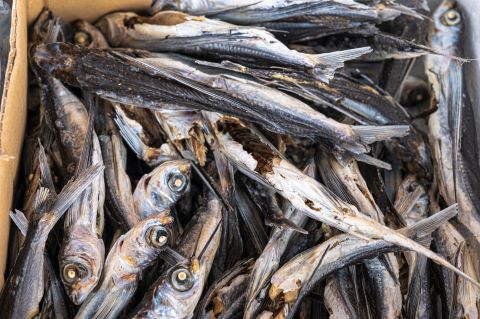
Flying fish is also called “Ago” in Japanese. “Ago” is the dialect around Nagasaki. Flying fish, which contains less fat than other fish, is dried and used as dashi (fish stock). Dashi of dried flying fish is called “Ago-dashi”. This is one of the highest-quality dashi.
[sc_apply url=”https://sushiuniversity.jp/apply/”]
We hope this information will be helpful.

Revision date: April 28, 2023
Share this article
